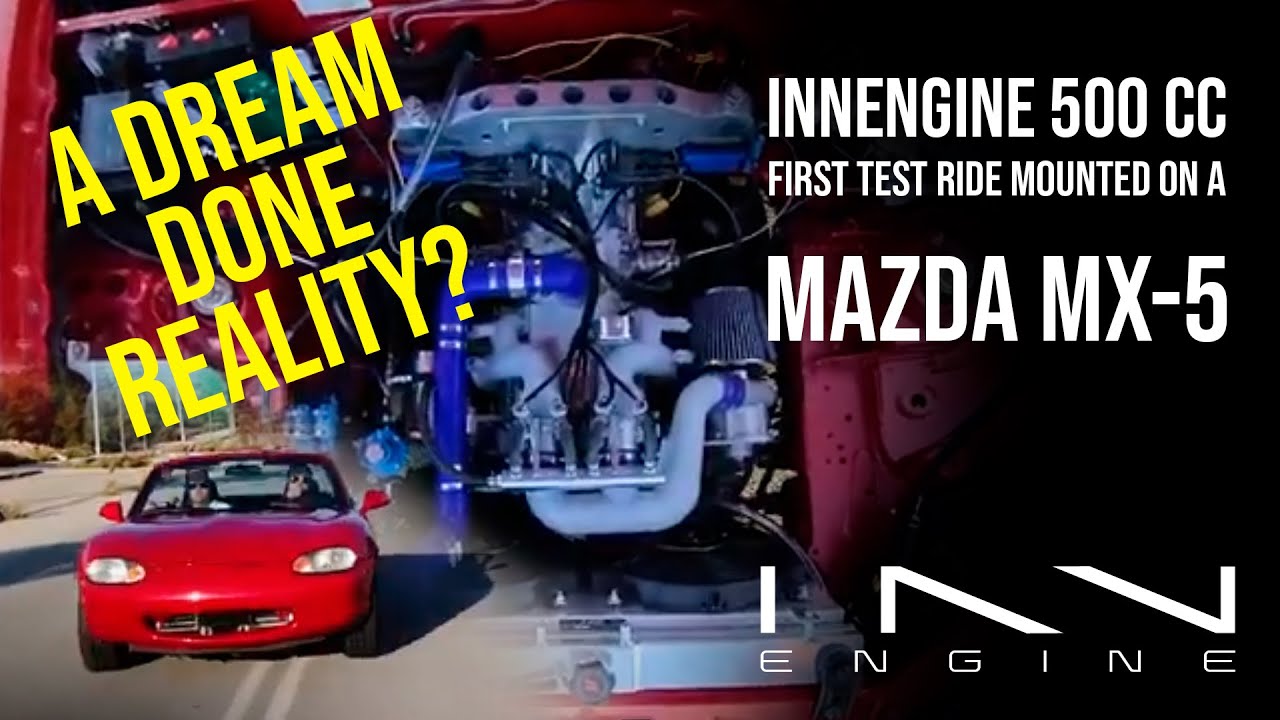Interesting development. The weight issue with current EV’s seems to be gaining traction. Anything to avoid 20mph speed limits, eh?
Genius!
So it’s a two stroke. Opposed-piston 2 strokes are not new. What is new to me in this application is the absence of crankshaft(s) and con rods and the use of the rollers and ‘cams’ to produce rotary motion. Whether this is something new under the sun, I don’t know.
They’d probably have to spend years on driveability, durability/lubrication, and emissions control to put this in a car. By which time ICE will be much more limited unless trends and policies change.
Toyota reports on solid state battery development suggets ingenuity will reduce battery weight and size by at least half, while effective doubling ranges.
This company is a spin out of a Spanish student’s thesis. The company was founded in 2011, when, I imagine, the end of the ICE in automotive applications was felt to be some way away or not possible. Orbital spent spent more than 30 years in developing their two stroke, including large amounts of Ford money, before Ford canned it in the mid 90s, admitting they couldn’t get it reliable. They’re falling back to suggesting this is a range extender; effectively an engine to charge a battery (see how the i3 does this).
Maybe aviation applications, which is also what Mazda is hoping will keep the rotary alive, but time has run out on this engine. The company has not significant investment; a couple of Angel investors I believe, hance their technical demonstrator is a 20 year old Mazda, not, say, a brand new Ford or Fiat. To get the power to 120hp, they had to supercharge it apparently.
The reason why Ford looked at the Orbital was the same as why Rover developed the K-series. Car makers hoped that lean burn engines would mean catalytic converters were not needed. They made the assumption that the industry could influence a Parliament. Sometimes its regulation that drives a market.
this engine cycle doesn’t have much torque though at low rpm, I think power and torque are proportionally increasing with rpm and doesn’t have a peak torque curve as in ic engines.
probably be suitable for generator for hybrids
Yes,but does it sound like a wasp in a bean tin??
no… but with 120 hp isn’t going fast either…
some propaganda can be found here (and yes its a 2 stroke cycle but there is no oil mixing during scavenging)
https://innengine.com/concept/
And hybrids don’t have much of a future
BMW 3 series PHEV 112 g/km actual carbon emissions (3 times that advertised), latest petrol version 127 g/km.
PHEV’s actual emissions appear to be suffering from people simply using them as petrol vehicles and the battery range being less than advertised, forcing them to use the ICE more anyway . With the government letting some PHEV drivers off with paying a third of the road tax they should be paying if real world emissions were being used their days are certainly numbered.
A lot of Outlander PHEVs were company cars. My erstwhile Mitsubishi dealer told me not many bothered charging, presumably the ones who didn’t have expensed fuel. Reliable range is about 16 miles. Big BIK benefit though.
Imho Its all down to perception and what is deemed as the most eco flavour colour of the day. Not everything is black and white and if I’m honest all viable options should be pursued and let technology find its way and pave the way forward rather than block option A for option B (or C).
Politics never really solved anything its the interests of the rich and powerful behind every single government that feeds us with rubbish to get their way.
It’s essentially a swashplate engine. Opposed pistons are good for saving weight (think Napier Deltic) but there are a lot of compromises in timing and combustion.
This topic was automatically closed 30 days after the last reply. New replies are no longer allowed.
